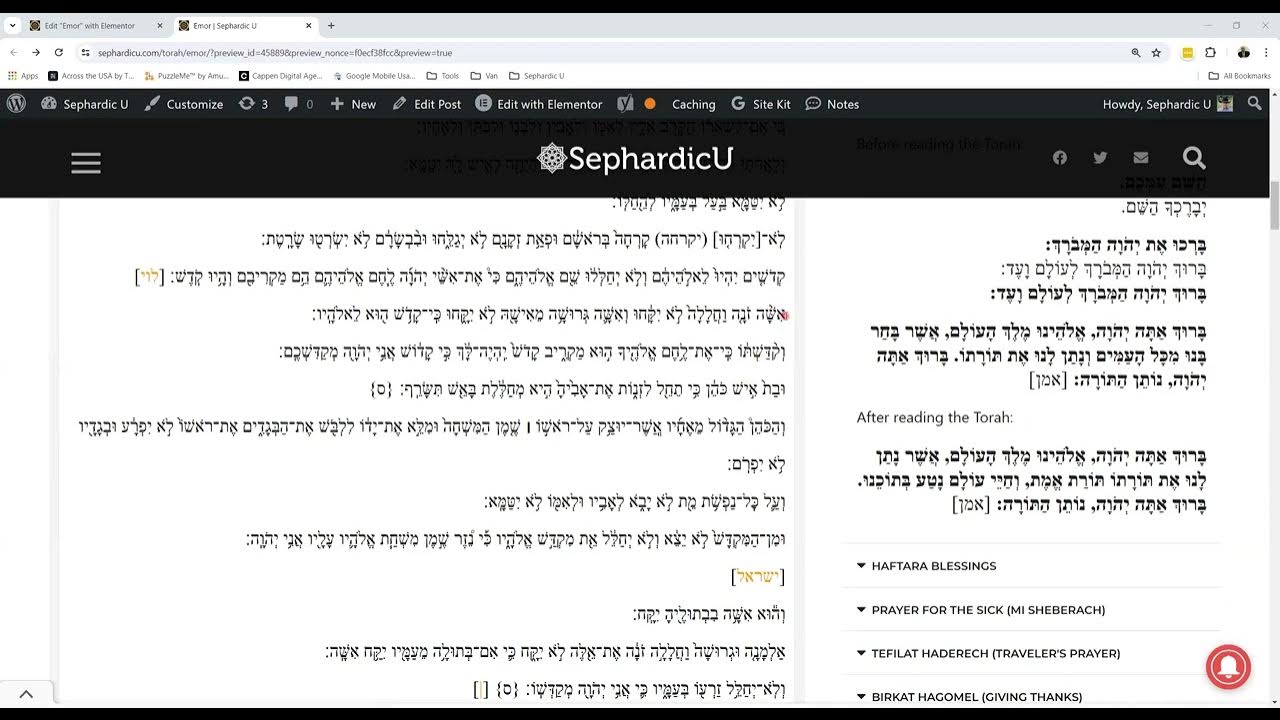Genealogy, the study of one’s ancestry and family lineage, is a captivating journey that unveils the hidden narratives of generations past. For Sephardic Jews, this journey becomes an exploration of an intricate tapestry that stretches across continents and epochs, revealing the vibrant history and diverse heritage that define their identity.
The Sephardic Diaspora: A Historical Odyssey
The foundation of Sephardic genealogy rests upon the monumental events that shaped the Sephardic Diaspora. This term refers to the dispersion of Sephardic Jews from the Iberian Peninsula, specifically Spain and Portugal, following their expulsion during the late 15th century. This dramatic exodus marked a turning point in Sephardic history, propelling communities towards new lands and cultures.
The expulsion decree, issued by the Catholic monarchs Ferdinand and Isabella, forced Sephardic Jews to leave behind their homes, belongings, and ancestral connections. The journey that ensued would forever alter the course of Sephardic identity. In their quest for refuge and opportunity, Sephardic Jews embarked on an odyssey that would span North Africa, the Middle East, the Ottoman Empire, and beyond.
Diverse Communities and Distinct Identities
Understanding Sephardic genealogy involves recognizing the evolution of distinct Sephardic communities that emerged in response to the diaspora. As Sephardic Jews resettled in various regions, they interwove their traditions with the cultural and religious landscapes of their new homes. This intricate fusion gave birth to diverse Sephardic identities, each infused with unique flavors and colors.
In North Africa, Sephardic communities established themselves in Morocco, Algeria, Tunisia, and Libya. They brought with them the Ladino language, a Judeo-Spanish dialect that became a linguistic vessel of their heritage. In the Ottoman Empire, cities like Istanbul and Salonica became havens for Sephardic Jews, where Ladino thrived alongside a rich blend of customs from the East.
Genealogical Significance of the Sephardic Diaspora
The Sephardic Diaspora serves as the backdrop for Sephardic genealogy. Tracing one’s Sephardic roots requires delving into historical records, documents, and oral traditions that illuminate the paths of migration and settlement. Archives and libraries around the world house a treasure trove of information, offering insights into birth, marriage, and death records, as well as immigration and census data.
The migration patterns of Sephardic families mirror the migration of communities as they spread across regions. Sephardic genealogists may find records detailing the movement of their ancestors, shedding light on the routes they took and the destinations they arrived at. These records unveil stories of resilience, adaptation, and the perseverance of a people determined to maintain their heritage despite geographical challenges.
A Continuation of Identity
The quest to understand Sephardic genealogy is not solely an intellectual endeavor; it is an exploration of identity and continuity. By unearthing the threads of their family history, individuals gain a deeper appreciation for the struggles and victories that have shaped their identity. The narratives of Sephardic ancestors become sources of inspiration, reminding descendants of the strength that resides within their lineage.
In a world characterized by rapid change and shifting cultural landscapes, the study of Sephardic genealogy offers a profound sense of rootedness. It provides a bridge across time and space, connecting Sephardic individuals who share a common history and heritage, even if they reside in distant corners of the globe.
Honoring the Past, Shaping the Future
The study of Sephardic genealogy is more than a retrospective journey; it is a contribution to a living legacy. By delving into historical records, connecting with distant relatives, and preserving oral traditions, genealogists ensure that the stories of Sephardic Jews continue to resonate with future generations.
Each name uncovered in the archives and each story pieced together becomes a mosaic of Sephardic heritage. It is a tribute to the resilience of a community that has navigated through challenges and thrived across continents. The efforts of genealogists and researchers echo the resilience of their ancestors, a testament to the enduring spirit of Sephardic identity.
In conclusion, understanding Sephardic genealogy is a voyage through time and space, a journey that unveils the threads that bind generations together. It is a tribute to the Sephardic Diaspora, a celebration of diverse identities, and a commitment to preserving a heritage that continues to flourish. As individuals delve into the annals of their family history, they become storytellers, weaving their narrative into the grand tapestry of Sephardic heritage.








Parashat Behar – Weekday Torah Reading (Moroccan TeAmim)